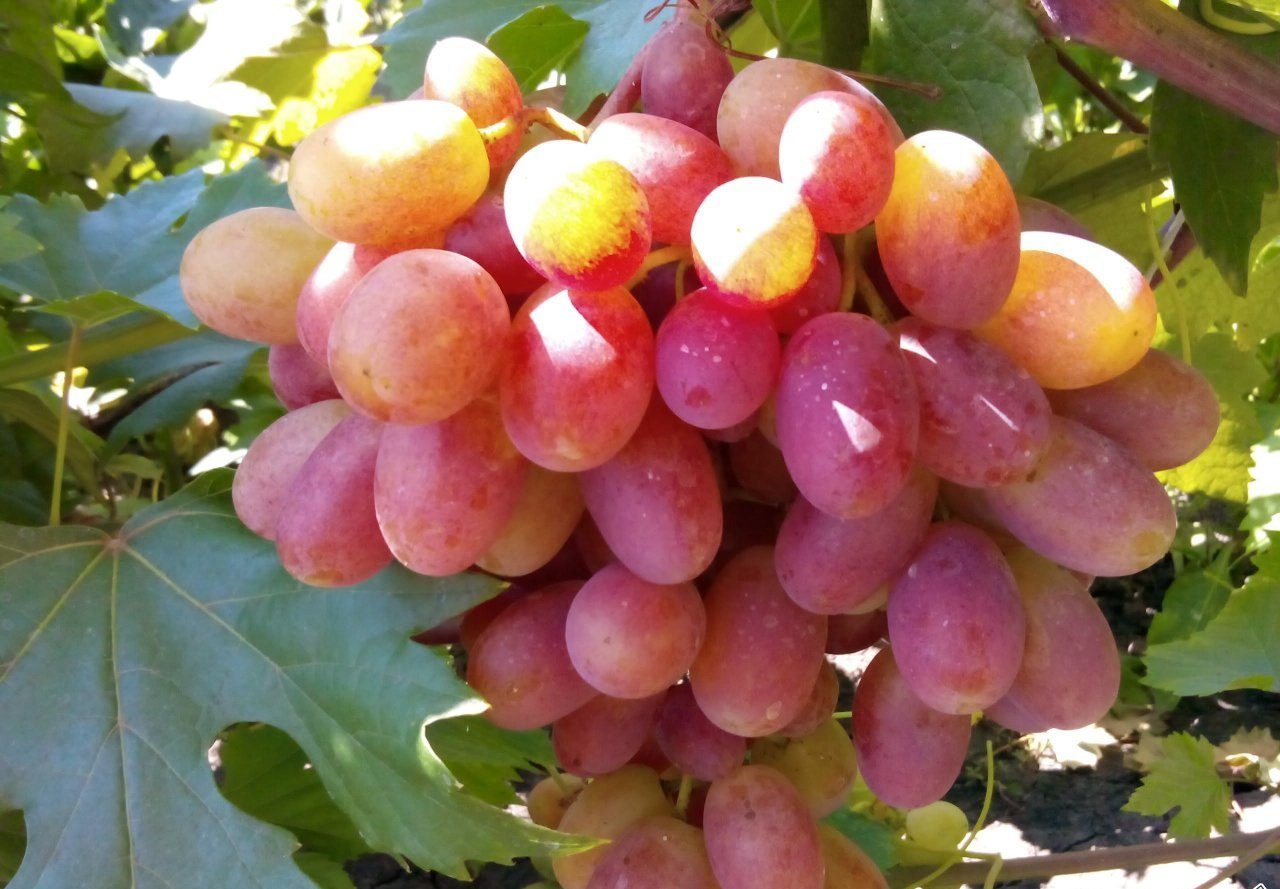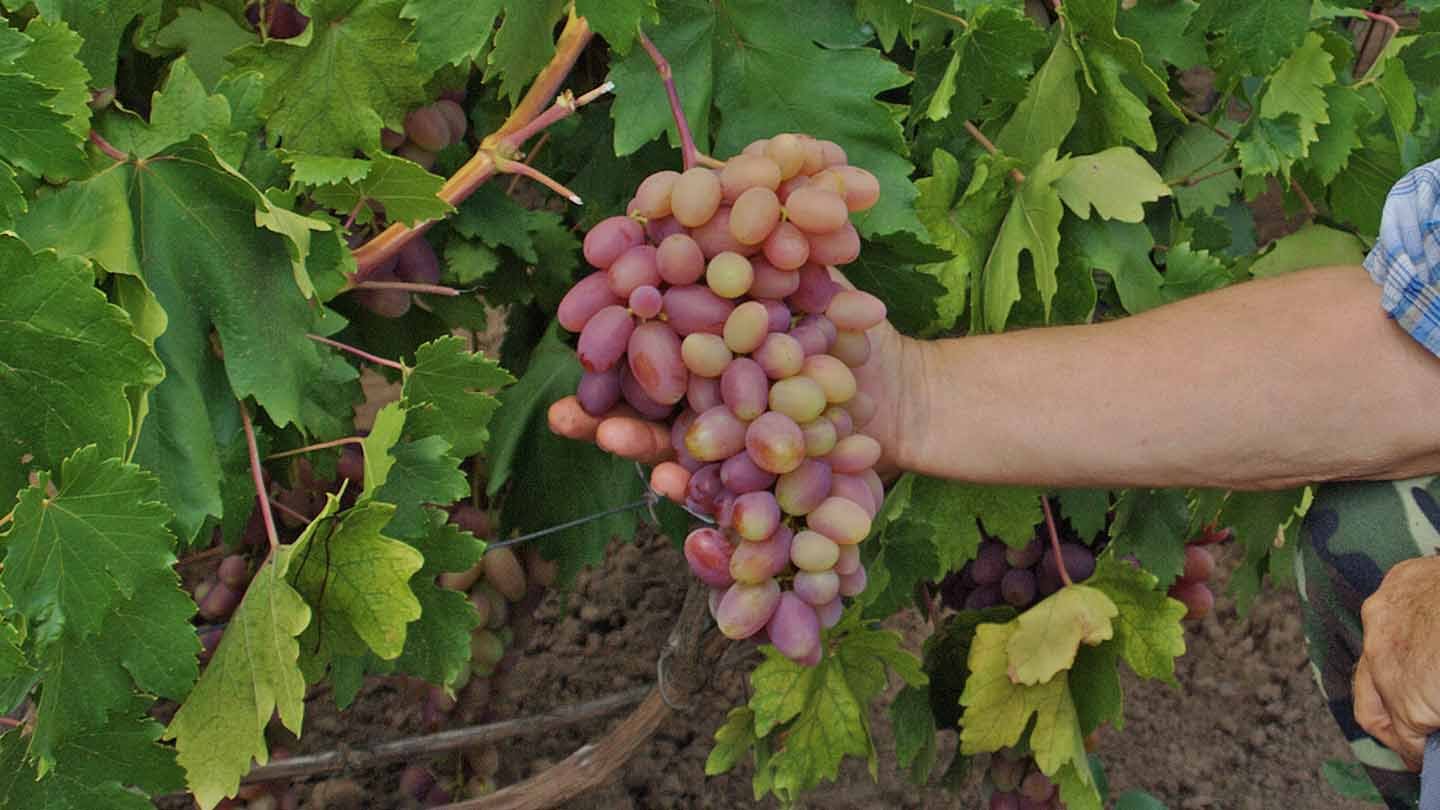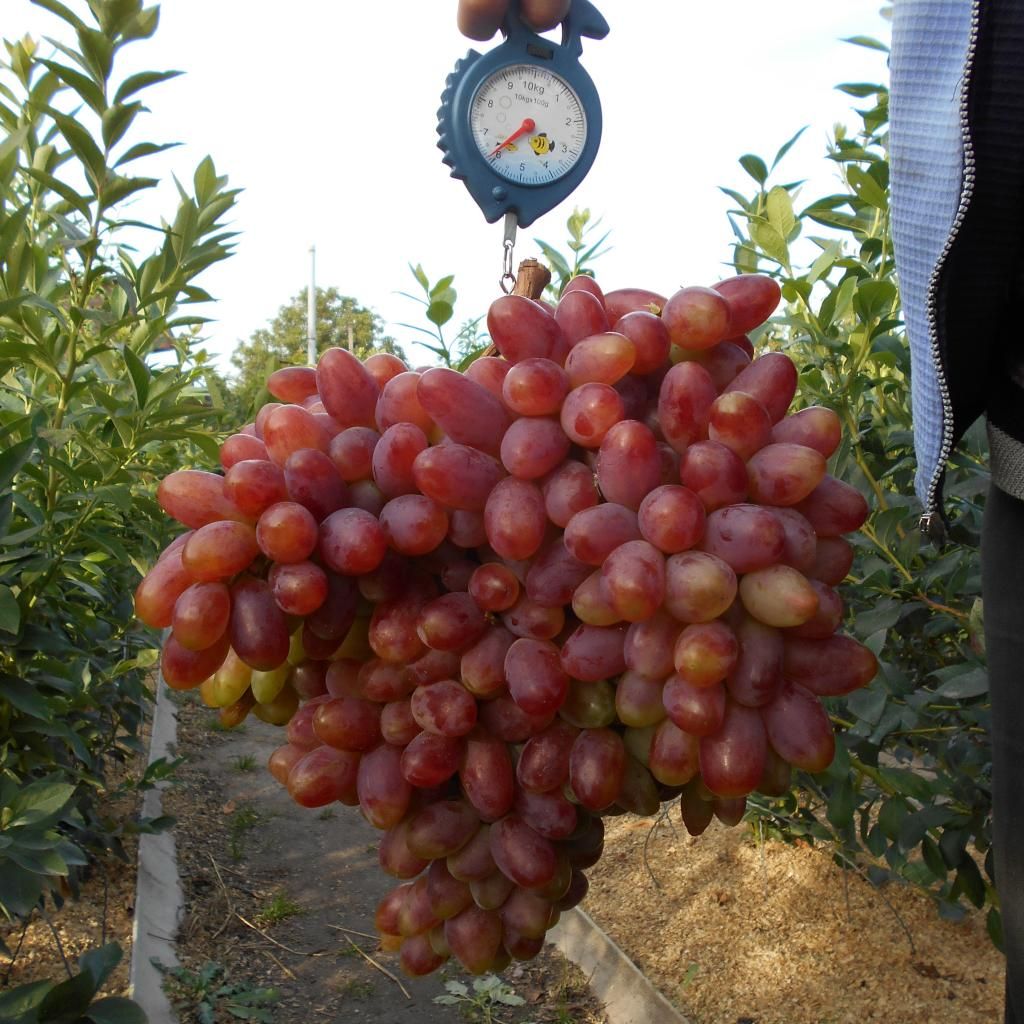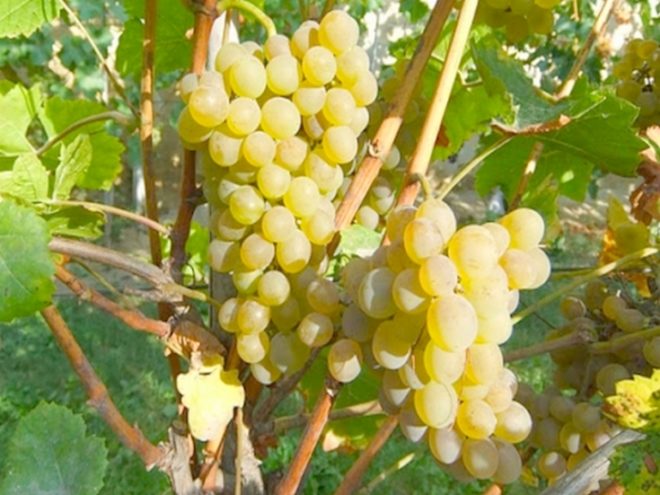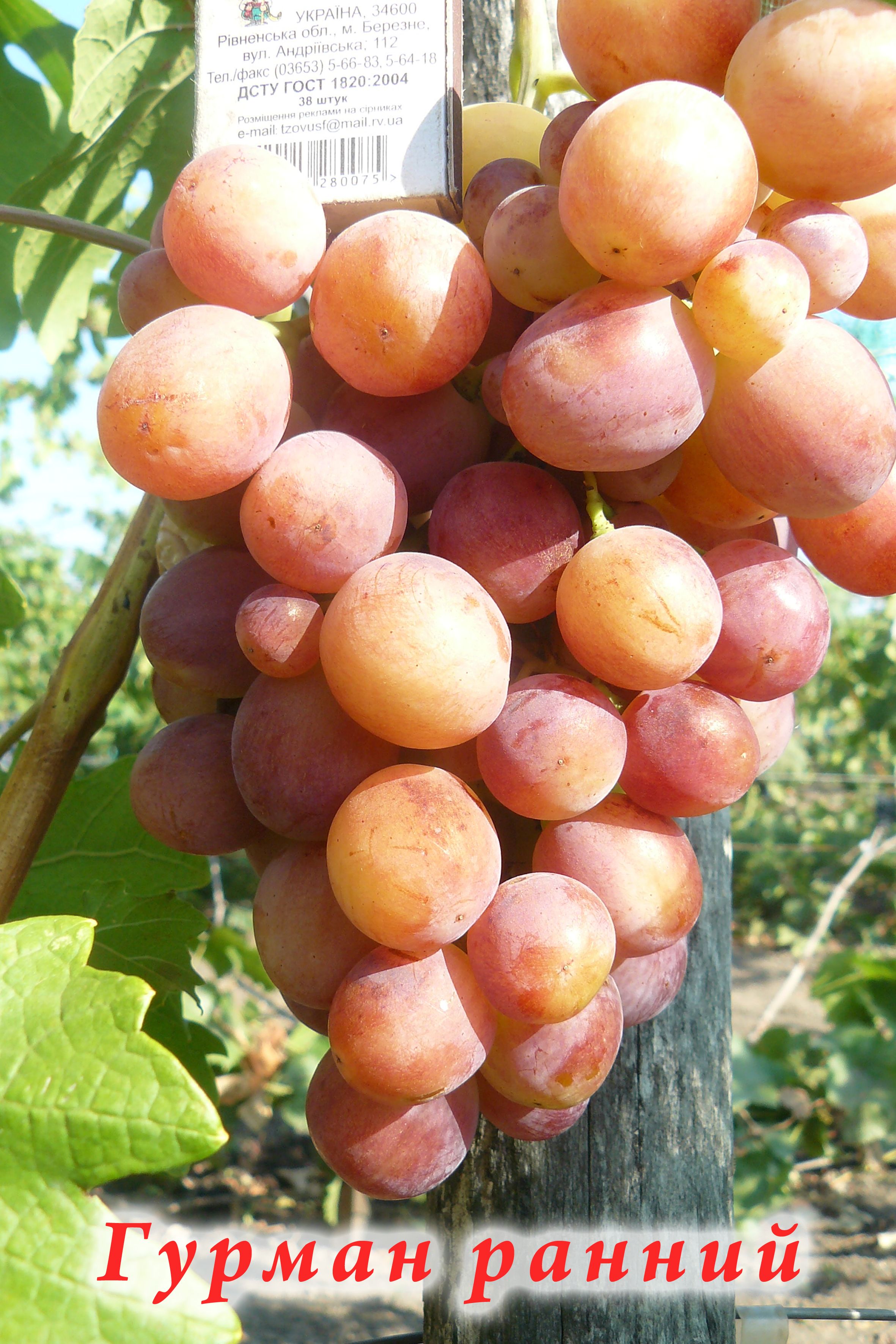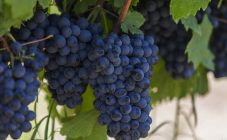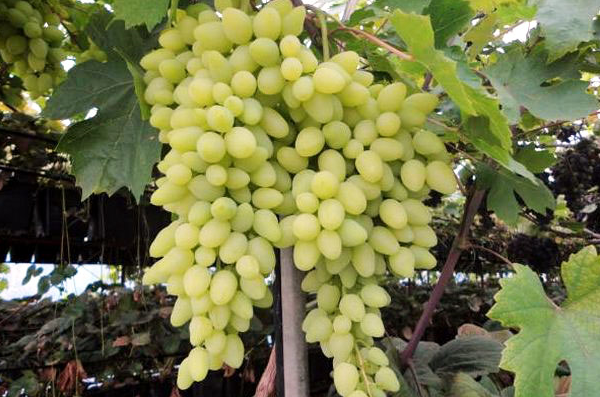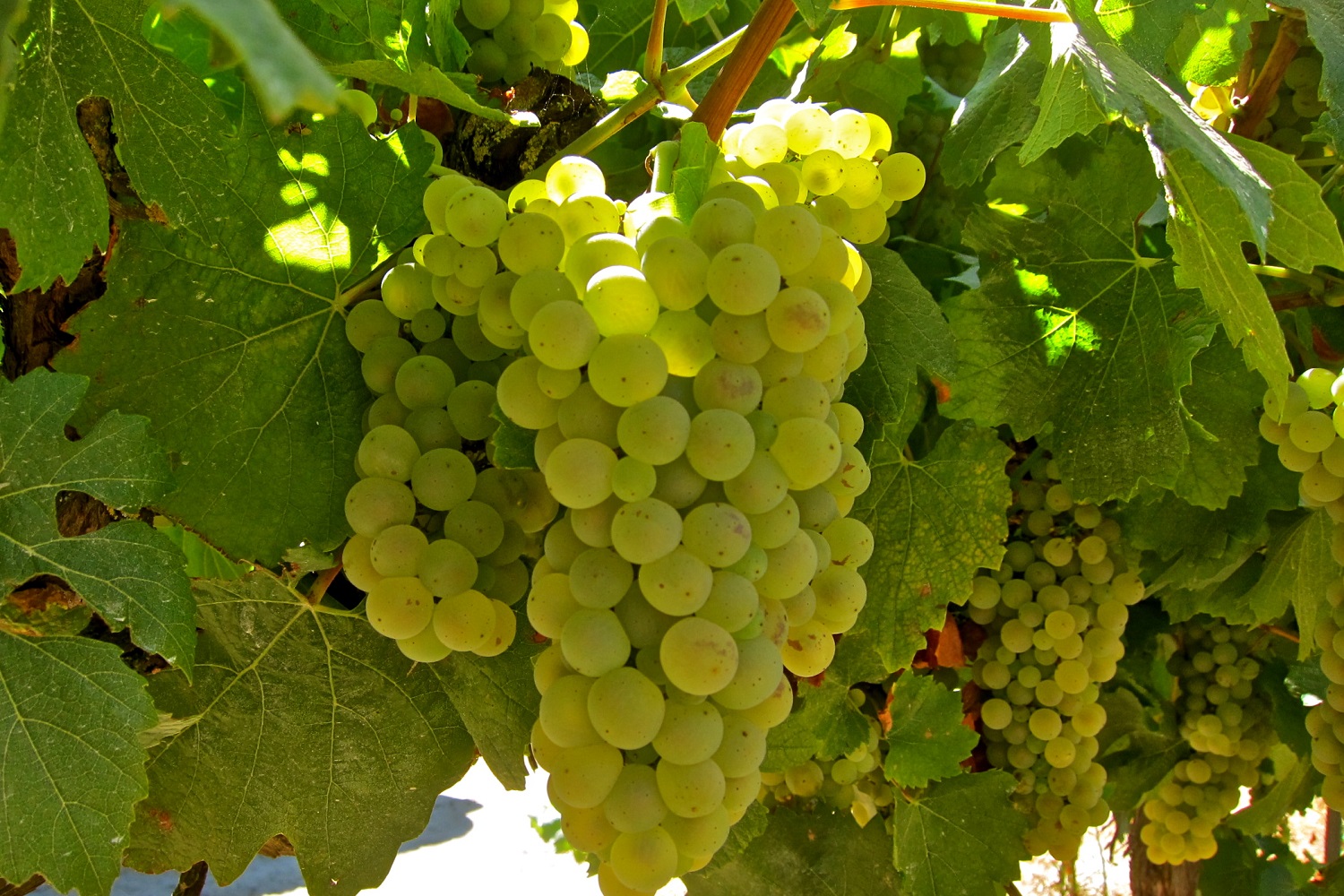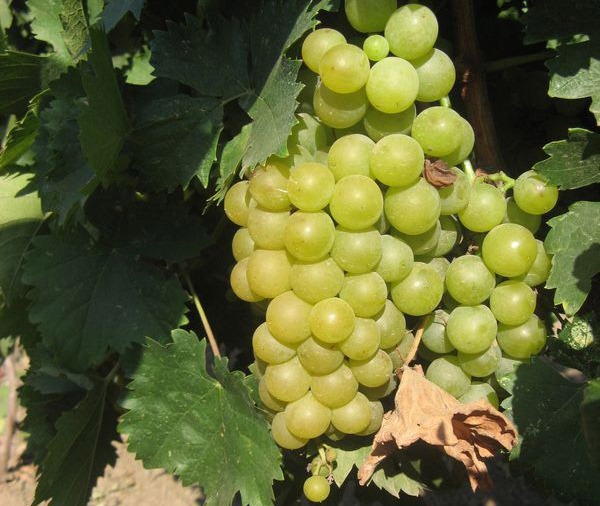In the south of Russia, in the city of Novocherkassk, the breeder V. Krainov, about 15 years ago, by breeding, bred a hybrid variety of grapes Transformation. Until now, it has not been included in the State Register, although it has become widespread among amateurs. Distinctive properties of the species are called amicable ripening, abundant and quick harvest.
Variety characteristics
The popularity of the variety is growing due to a number of distinctive features. These include:
- growing region. Originally bred for the warm climate of the South of Russia, grapes give a good harvest of willows in the Central, and in the Central zone of the country with a little warming for the winter;
- frost-resistant, withstands up to -20 degrees of frost;
- the yield per bush is up to 20 kg. Two crops are obtained from the bush. The first - from the main stems of the plant, ripens in August. Fruiting is also observed on lateral stems, but later. The harvest ripens at the end of September - October;
- grape variety Transformation is classified as an early variety, since 3-3.5 months pass from the moment of flowering to the ripening of the crop;
- is self-pollinated.
Ripe grapes Transfiguration, according to experts, has the following description:
- Cylindrical shape.
- Pink-yellow color, and the pinkish tint fades in strong sunlight.
- The brush is tapered.
- Average weight of one hand is 1kg.
- Berry is oval, large-fruited, weighing up to 20 grams. each one.
Plant appearance:
- the Transfiguration grape is a tall plant;
- differs in abundant pinching from the main bush, which is pinched, leaving no more than 25 shoots;
- 2-3 brushes are formed on each shoot, of which one is left to reduce the load on the vine.
Agricultural technology of cultivation
When choosing a place for a future vineyard, you need to know that the variety is not picky about the soil, but will give a more plentiful harvest on black soil. The yield of the plant will be higher if there are no trees, shrubs or buildings nearby.
For planting, spring is preferable, but it can be carried out in the fall. It is planted both as seedlings and by cuttings. Place the selected seedling in water for a day, to which add a growth stimulator. The distance between the bushes should be at least 0.5 m. Before planting, humus is laid in the hole, a layer of earth, on top of which is the root of the seedling with cut off tips.
A newly planted plant should receive at least 25-30 liters of water. However, abundant watering should be excluded in the future. Regular watering is imperative before blooming and after flowering.
To get a good harvest, winegrowers take care of the seedlings, fertilize the soil under the plant. It is best to apply fertilizers containing phosphorus and potassium. This should be done before the beginning of flowering grapes.
For the winter, the Transfiguration grapes must be pruned and covered. It is best to use hay or straw.
Advantages and disadvantages
The main positive characteristics that force the grower to plant the transformation grapes on his site include:
- fast ripening of berries;
- increased productivity, observed both in the southern regions of the country and in the central regions, Moscow and the Moscow region;
- the presence of flowers of two sexes leads to self-pollination of the plant;
- resistance to low temperatures up to -20 degrees.
Like any variety, the plant has several disadvantages. The most significant of them are considered to be:
- the need to insulate a pruned plant for wintering;
- abundant pinching;
- the presence of irregular bunches;
- susceptibility to diseases and pests.
The Transfiguration grape, bred for the South of Russia, produces a bountiful harvest in more temperate climates. The grape variety requires frequent pinching, which creates conditions for the growth of the bunch. Before the onset of frost, the woody part needs to be insulated.
